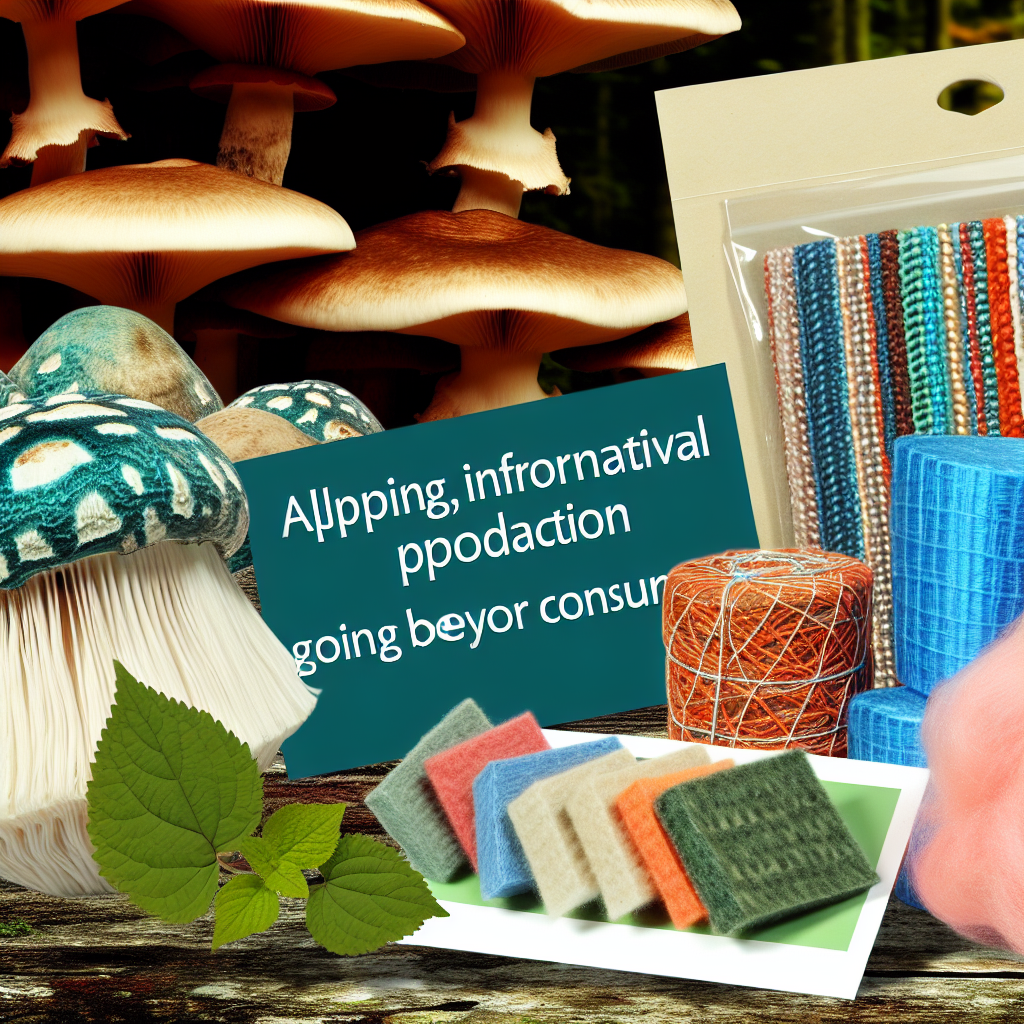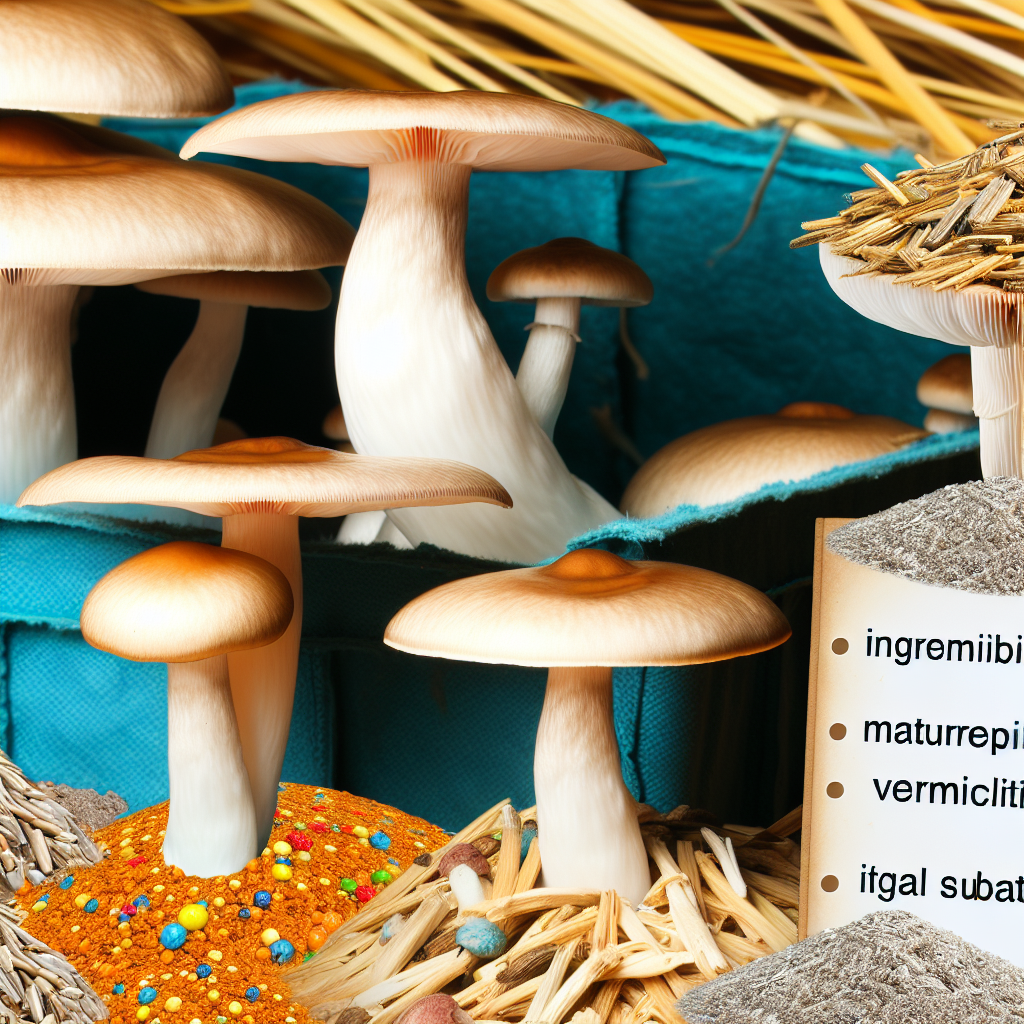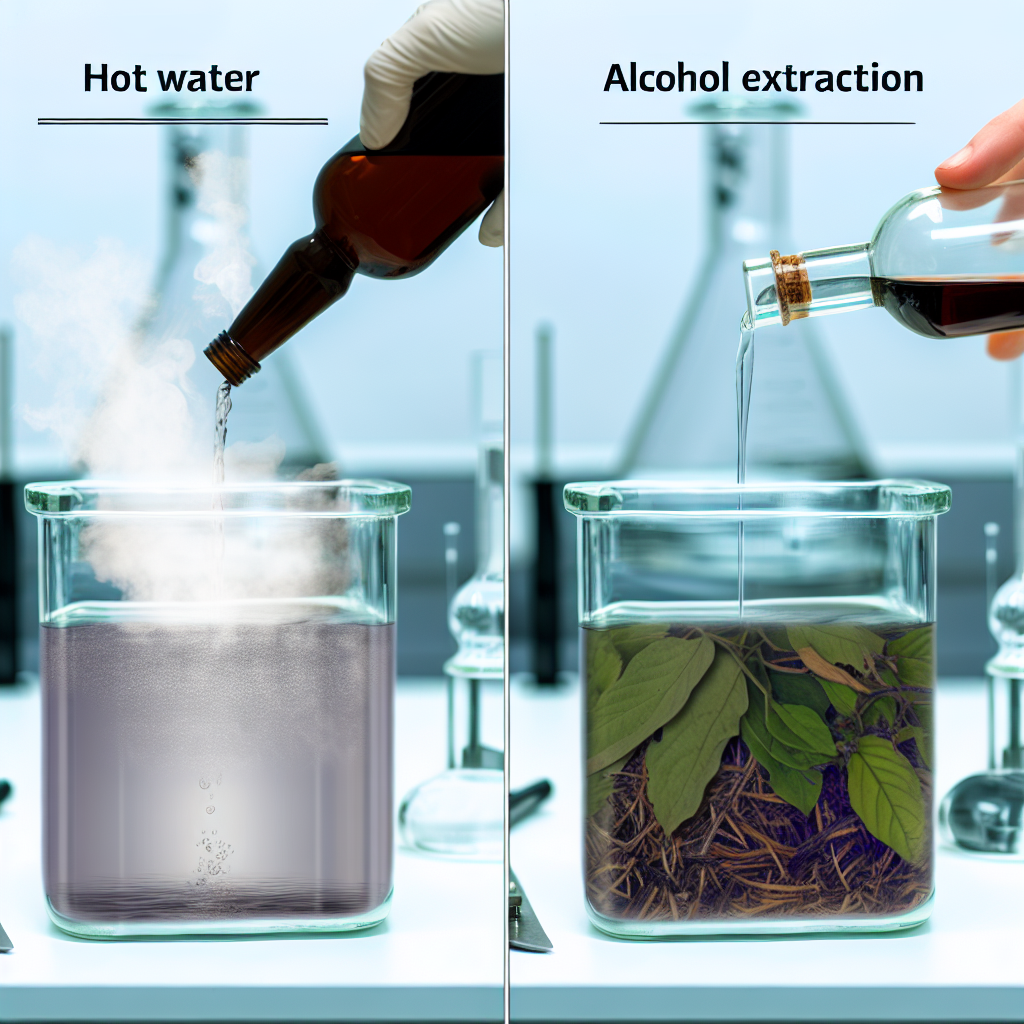Mushroom-Based Fiber Products: Beyond Consumption Applications
Mushrooms have long been valued in both traditional and modern medicine for their rich nutritional content and therapeutic compounds. While the health benefits derived from eating medicinal mushrooms like lion’s mane, reishi, chaga, and turkey tail are well-documented, what’s emerging on the innovation frontier is the use of mushrooms beyond dietary consumption. Specifically, the potential of mushroom-derived fibers is garnering interest for a variety of advanced applications in health, wellness, and sustainability.
Mushroom-based fibers, primarily sourced from the mycelium—the root-like structure of fungi—are being explored as the basis for biodegradable packaging, vegan leather, construction materials, and even biofabricated textiles. But it’s not just the ecological promise of reducing plastic and animal-derived product use that’s exciting researchers and natural health experts; these fibers are showing promise in medical and therapeutic settings too.
Mycelium has unique properties such as being lightweight yet strong, highly absorbent, antimicrobial, and adaptable in structure. These traits are being optimized for use in wound dressings, prosthetics, biosensors, and natural supplements that promote gut health. The broader use of mushroom-based fibers could revolutionize how we approach not only sustainability but also innovative, nature-inspired medical treatments.
Moreover, these products go hand in hand with the holistic health trends that emphasize natural healing, immunity support, and microbiome wellness. As consumers become more eco-conscious and health-savvy, mushroom fiber innovations offer a promising avenue where nature meets science, opening doors for bio-smart therapeutics and natural materials that support well-being from the inside out.
With technology advancing in the fields of biotechnology and regenerative medicine, we are only beginning to uncover the surface potential of mushrooms—not just as food or supplements, but as bio-material platforms. This article explores the expanding world of mushroom-based fiber products, their medical and professional applications, and the cutting-edge studies pushing this field into the spotlight.
Revolutionizing Healthcare: Medical Advancements with Mushroom Fibers
The medical world is beginning to recognize the functional versatility of mycelium-based materials. One of the major highlights is the use of mycelium as a bio-compatible and biodegradable material in wound healing and tissue engineering.
A 2020 study published in Advanced Functional Materials showcased the use of mycelium composites as scaffolds for tissue regeneration. Due to their porous nature and inherent antimicrobial properties, mycelium fibers demonstrated significant potential in supporting cell proliferation while preventing infection—a key concern in wound management settings. Read full study.
Smart Drug Delivery: Fungal Fibers in Pharmaceutics
In another clinical perspective, researchers from the University of Vienna’s Department of Clinical Pharmacology evaluated the potential of fungal fibers as carriers of bioactive compounds. Their 2022 research, published in the International Journal of Pharmaceutics, revealed that fungal fibers could serve as superior drug delivery systems. Due to their natural absorbency and capacity to be engineered into microcapsules, they are ideal for slow-release therapies. Read the article here.
Fuel for Your Microbiome: Mycelium as a Gut Health Ally
In the nutrition and gut health sector, mushroom fibers are being evaluated for their prebiotic potential. A 2021 study in Food Chemistry assessed polysaccharides extracted from turkey tail mushroom (Trametes versicolor). The findings indicated significant stimulation of beneficial gut microbiota, demonstrating that mycelium-derived fibers may support digestive and immune health. Explore the findings.
From Forest to First Aid: Commercial Innovations in Mushroom Biomaterials
Beyond clinical studies, companies like Ecovative Design are harnessing mushroom materials for medical-grade packaging and wearable technologies. They developed “MycoFlex™,” a mycelium-based foam used in everything from orthopedic pads to antimicrobial wound care dressings. These innovations point toward a future where biomaterials from mushrooms contribute directly to non-invasive, sustainable, and therapeutic patient-care applications. Learn more about MycoFlex™.
Fungal Intelligence: The Rise of Bioelectronic Applications
Equally exciting, biosensor developers are exploring mycelium’s capacity to transmit bioelectric signals, indicating relevance for future neurological applications. An ongoing study at the Unconventional Computing Laboratory at the University of the West of England is working to build fungal neural networks—a merging of artificial intelligence and organic matter—that may support physical rehabilitation or diagnostics in the future. Dive into the research.
Conclusion: Mushrooms as Future Medicine & Eco Innovation
Mushroom-based fiber products are reshaping our understanding of what natural health solutions can be. No longer confined to supplement forms or culinary uses, mushrooms—particularly their mycelium networks—are becoming a cornerstone in sustainable medical materials, gut health innovation, and biotechnological advancements. As further clinical studies and tech collaborations evolve, mycelium appears positioned to deliver both healing and harmony for people and the planet alike.
References
- “Mycelium-Based Scaffolds for Tissue Engineering,” Advanced Functional Materials
- “Fungal Fiber Microcapsules for Drug Delivery,” International Journal of Pharmaceutics
- “Prebiotic Activity of Mushroom-Derived Polysaccharides,” Food Chemistry
- Ecovative Design – MycoFlex™ Medical Applications
- “Fungal Neural Networks,” Unconventional Computing Laboratory at UWE
Concise Summary:
Mushroom-based fibers, derived from the mycelium or root-like structure of fungi, are emerging as a versatile and sustainable material with applications in healthcare, biomedicine, and green technologies. These fibers demonstrate unique properties like antimicrobial activity, absorbency, and adaptability, making them promising for use in wound dressings, drug delivery systems, gut health supplements, and even biofabricated textiles. As the field of mushroom-based biomaterials advances, these natural, eco-friendly solutions are poised to revolutionize various industries, from medical treatments to eco-friendly packaging.

Dominic E. is a passionate filmmaker navigating the exciting intersection of art and science. By day, he delves into the complexities of the human body as a full-time medical writer, meticulously translating intricate medical concepts into accessible and engaging narratives. By night, he explores the boundless realm of cinematic storytelling, crafting narratives that evoke emotion and challenge perspectives. Film Student and Full-time Medical Writer for ContentVendor.com




